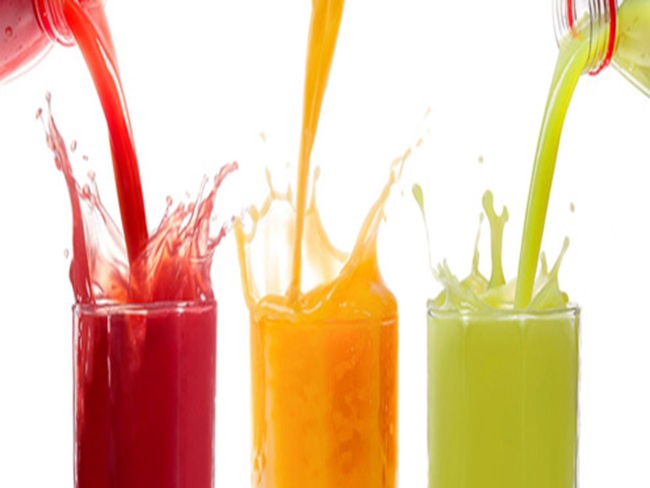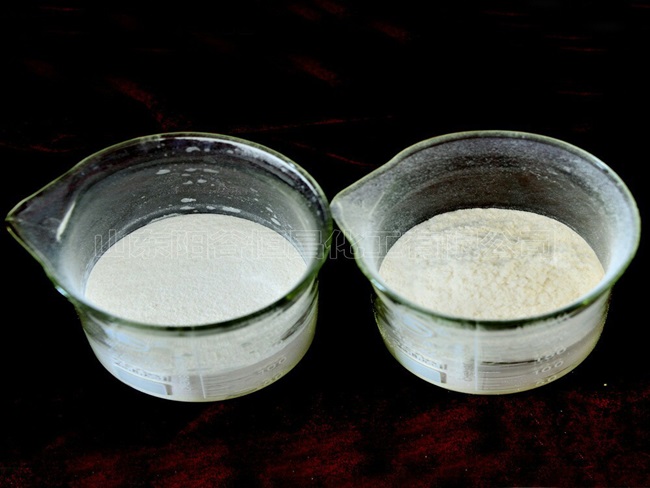Carboxymethyl cellulose (CMC) is an important additive widely used across various industries, especially in food, cosmetics, pharmaceuticals, and daily chemical products. As a water-soluble polymer material, the physicochemical properties of sodium carboxymethyl cellulose are influenced by several factors, which directly affect its performance in different environments.
Sodium carboxymethyl cellulose dissolves in water in the form of alkali metal salts and ammonium salts. However, divalent metal ions have a significant impact on the viscosity of sodium carboxymethyl cellulose. Excessive amounts of these ions may increase the viscosity of the solution and even cause precipitation. In contrast, heavy metal ions such as silver, barium, chromium, and Fe³⁺ can cause CMC to precipitate from the solution. To avoid this phenomenon, it is common to control the concentration of ions, for example, by using chelating agents such as citric acid to effectively "lock" these ions, thereby improving the viscosity of sodium carboxymethyl cellulose solutions and achieving the formation of soft or hard gels.

In some specific applications, such as in mildly acidic or high-salt environments, standard sodium carboxymethyl cellulose may perform poorly. In these cases, acid-resistant and salt-resistant sodium carboxymethyl cellulose can be chosen, or it can be blended with other materials like xanthan gum to enhance its stability and performance in complex environments. For example, in industrial processes with high salt and acid content, blended sodium carboxymethyl cellulose can effectively improve product quality and stability, preventing performance degradation due to environmental changes.
Sodium carboxymethyl cellulose has the ability to undergo gelation with certain proteins, which makes it widely used in many food and pharmaceutical formulations. When the pH is below the isoelectric point of the protein, the colloidal stability of sodium carboxymethyl cellulose is optimal. This means that in low pH environments, sodium carboxymethyl cellulose can form a more stable colloidal structure, enhancing its performance in products such as emulsions and gels.

When using sodium carboxymethyl cellulose, understanding and mastering its interactions with external factors is crucial. Temperature, pH, and metal ion concentration can all influence the properties of sodium carboxymethyl cellulose, thereby affecting the quality and stability of the final product.